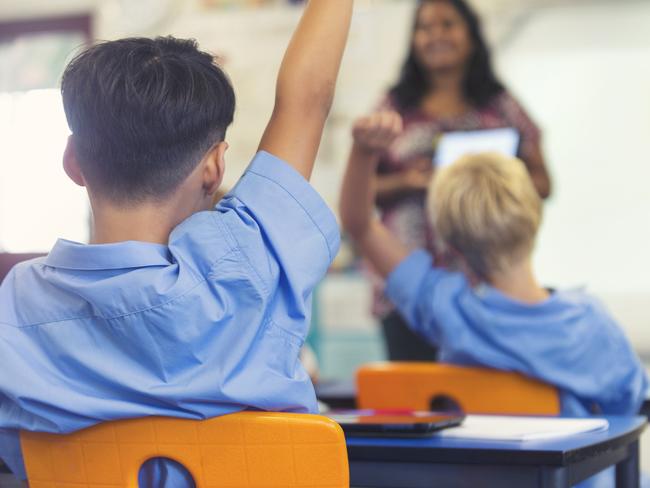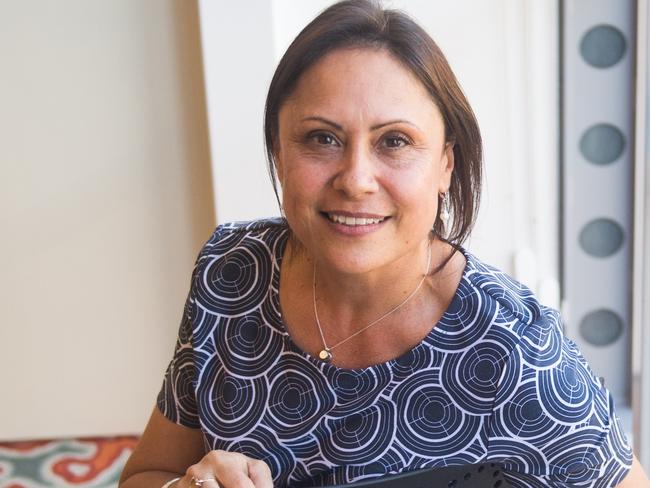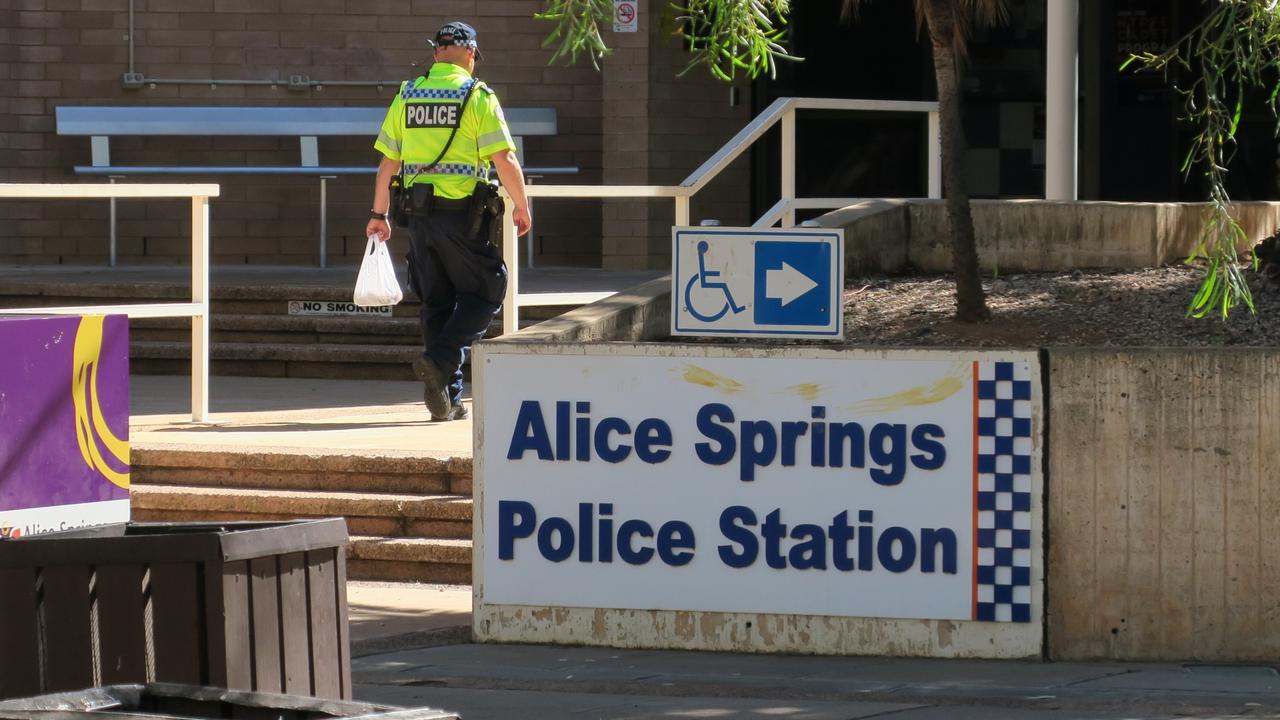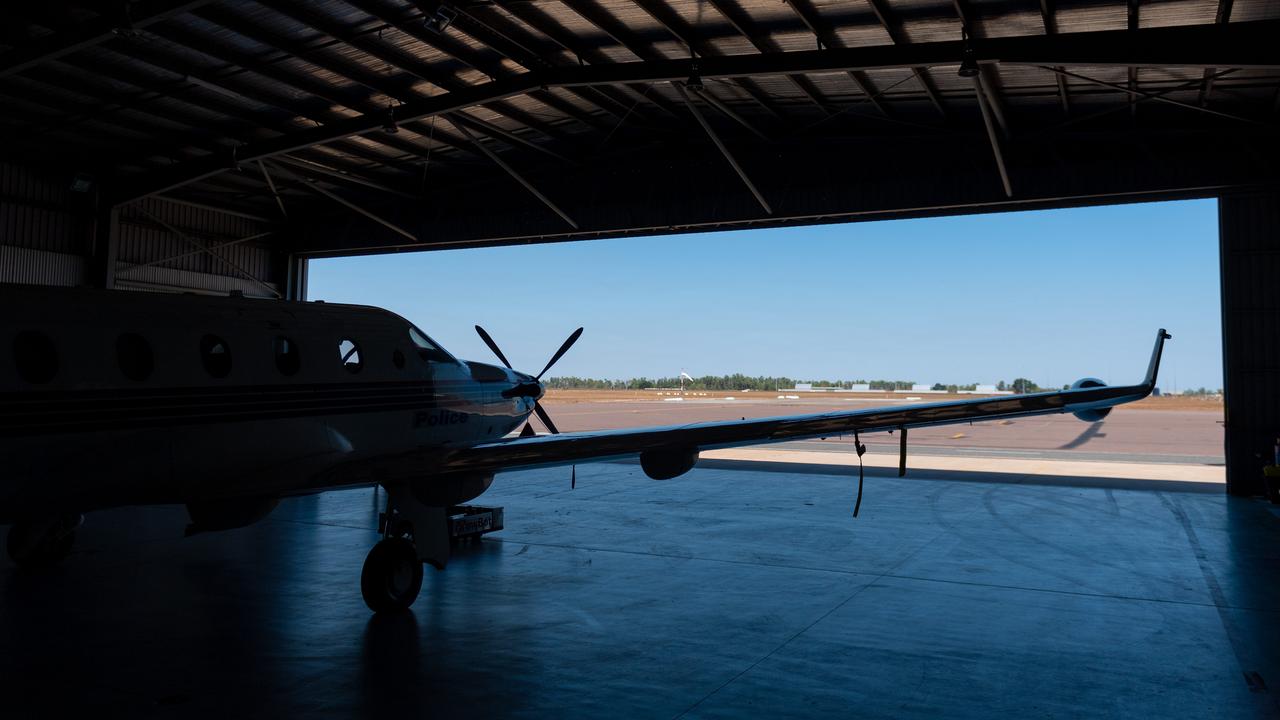Future NT 2023: The problems facing NT public schools
Complex and high needs students, teachers pushed to the limits, and not enough money to go around – here’s why NT schools are producing the worst outcomes in the country.

Northern Territory
Don't miss out on the headlines from Northern Territory. Followed categories will be added to My News.
Chronic underfunding, complex social needs and “atrocious” teacher burnout has the Territory’s public education system in a vicious cycle that is producing the worst student outcomes in the country.
NAPLAN results released last month revealed the NT once again came bottom of the ladder; 35.4 per cent of students fell into the lowest achievement band compared with a national average of 9.8 per cent.
The education gap for Indigenous students remains stark, with just a third completing Year 12, attendance rates at 57 per cent on any given day, and only one in five meeting the minimum writing benchmark in Year 9.
It is no surprise the Territory’s public education system is the most strained in the country, with unique social and geographical challenges meaning educators must meet higher needs with fewer resources.
More than 70 per cent of the Territory’s public schools are located in remote and very remote areas, and 27 per cent had less than 50 students enrolled in 2021.
More than a quarter of all students in the NT have a disability, half do not speak English as a first language, and just under half are from the lowest quartile of socio-educational advantage.
At the same time, Territory public schools receive a smaller proportion of needs-based funding than any other state or territory, with one in five students effectively unfunded.

Australian Education Union NT said underfunding of public schools was forcing staff to take on unsustainable workloads, making worse an ongoing challenge to recruit and retain teachers.
“There is atrocious burnout happening among teachers in the Territory, made worse by lack of relief staff, teachers losing their non-contact time, and large classroom sizes,” secretary Rachael Metcalfe said.
“We’ve had examples of up to a third of kids in a class waiting for a diagnosis that would mean they get extra support at school, but in the meantime that support is nowhere to be seen and it all falls on the classroom teacher.”
Tracy Woodroffe, a longtime teacher turned education researcher at Charles Darwin University said recruitment without appropriate cultural training compounded challenges for both staff and students.

“We often have to recruit from interstate, so you’ve got someone from metropolitan Melbourne who may be sent straight out to work in a remote community,” Dr Woodroffe said.
“The first thing that happens is culture shock, they might be making their own judgement about what’s happening that isn’t necessarily true, and the students aren’t necessarily going to connect with that teacher.
“We have a highly Westernised education system that imposes ideas of what should be taught to students and how it should be taught, and intelligence is measured by standard Australian-English, so the more remote you are often the more difficult it can be to connect with the curriculum.”
Dr Woodroffe, a local Warumungu Luritja woman, said increasing the number of Aboriginal teachers to reflect classroom diversity would help improve student outcomes.
“That way they can see an Aboriginal person in the classroom, they can see someone like them who cares about education and have someone who understands them.”
Education Minister Eva Lawler said the government was working to boost Indigenous and non-Indigenous teacher numbers.
“We continue to prioritise building, recruiting and retaining an expert workforce right across the board, this will ensure students in the Northern Territory receive the highest quality education,” she said.
“It is my absolute focus to support every child right across the Territory so they become valuable contributors and future leaders of our community. It is especially important for government to recognise the needs of Indigenous and remote students so we can improve outcomes long into the future.”
Education will be one of the key issues discussed at the NT News’ Future Northern Territory forum at Mindil Beach Casino on Friday, September 8.
To purchase a ticket to the event on Friday, September 8, click here.
More Coverage
Originally published as Future NT 2023: The problems facing NT public schools





